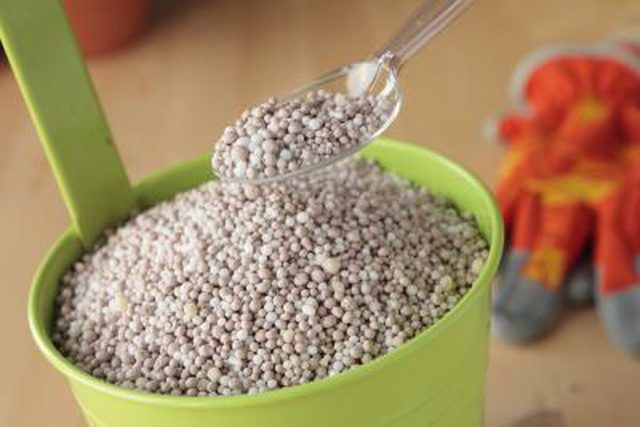Bulbs
Flower Basics
Flower Beds & Specialty Gardens
Flower Garden
Garden Furniture
Garden Gnomes
Garden Seeds
Garden Sheds
Garden Statues
Garden Tools & Supplies
Gardening Basics
Green & Organic
Groundcovers & Vines
Growing Annuals
Growing Basil
Growing Beans
Growing Berries
Growing Blueberries
Growing Cactus
Growing Corn
Growing Cotton
Growing Edibles
Growing Flowers
Growing Garlic
Growing Grapes
Growing Grass
Growing Herbs
Growing Jasmine
Growing Mint
Growing Mushrooms
Orchids
Growing Peanuts
Growing Perennials
Growing Plants
Growing Rosemary
Growing Roses
Growing Strawberries
Growing Sunflowers
Growing Thyme
Growing Tomatoes
Growing Tulips
Growing Vegetables
Herb Basics
Herb Garden
Indoor Growing
Landscaping Basics
Landscaping Patios
Landscaping Plants
Landscaping Shrubs
Landscaping Trees
Landscaping Walks & Pathways
Lawn Basics
Lawn Maintenance
Lawn Mowers
Lawn Ornaments
Lawn Planting
Lawn Tools
Outdoor Growing
Overall Landscape Planning
Pests, Weeds & Problems
Plant Basics
Rock Garden
Rose Garden
Shrubs
Soil
Specialty Gardens
Trees
Vegetable Garden
Yard Maintenance
Vermiculite vs. Perlite
Vermiculite vs. Perlite. The key ingredient in many potting soil mixtures isn't soil, compost or other organic materials. Instead, small pellets of inorganic vermiculite or perlite improve aeration and hold onto moisture while also adding lightweight bulk to the mix. Both materials benefit plants in slightly different ways, so determining which is...

The key ingredient in many potting soil mixtures isn't soil, compost or other organic materials. Instead, small pellets of inorganic vermiculite or perlite improve aeration and hold onto moisture while also adding lightweight bulk to the mix. Both materials benefit plants in slightly different ways, so determining which is better for your mix begins with understanding their advantages and drawbacks.
Perlite Basics
Sterile perlite, a material composed of super-heated volcanic glass, resembles pure white foam pellets. Perlite granules feature small cavities on their surface that trap and hold moisture, which helps retain moisture in an otherwise quick-drying potting mixture. Lightweight perlite also aerates soil because the lightweight pellets prevent the organic ingredients in the soil mix from compacting. Perlite has an alkaline pH between 7.0 and 7.5, which can cause fluoride burn on foliage plants that prefer more acidic conditions.
Vermiculite Basics
Vermiculite comes from super-heated mica. It forms an expanded platelike structure that traps air, moisture and nutrients present in a potting soil mix. Like perlite, vermiculite is naturally sterile, so it won't harbor plant diseases. It comes in a variety of sizes, but the larger particles are commonly used in the garden because they add more aeration to the soil. The more neutral pH of vermiculite, which falls between 6.5 and 7.2, makes it a suitable choice for most plants.
Benefits and Disadvantages
Perlite and vermiculite both provide a useful component in homemade or purchased potting soil. Plants that require moist, nutrient-rich soil grow better in vermiculite mixes, while those that prefer dry or quick-draining soil are more likely to thrive in a perlite-based mix. In propagation, for example, seedlings thrive in vermiculite mixtures because the soil remains moist without becoming soggy, while holding onto the nutrients the young plant need to grow. Cuttings perform better in quick-draining perlite because they are less likely to become overly moist and succumb to rot before they root.
Usage Tips
Unless plants are exceptionally sensitive to the higher pH of perlite or to the extra moisture in vermiculite, you can usually substitute one for the other in a homemade soil mix. A standard mix, suitable for houseplants or vegetables, can contain 1 part peat moss and 2 parts either vermiculite or perlite. Foliage plants, which are more prone to fluoride burns, grow better in a mix of equal parts loam, peat and vermiculite. Desert plants, such as cacti and succulents, thrive with either vermiculite or perlite, when it's mixed with equal parts soil and sand to provide even more drainage.